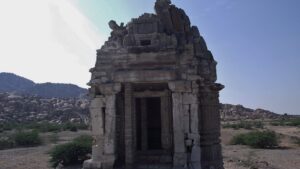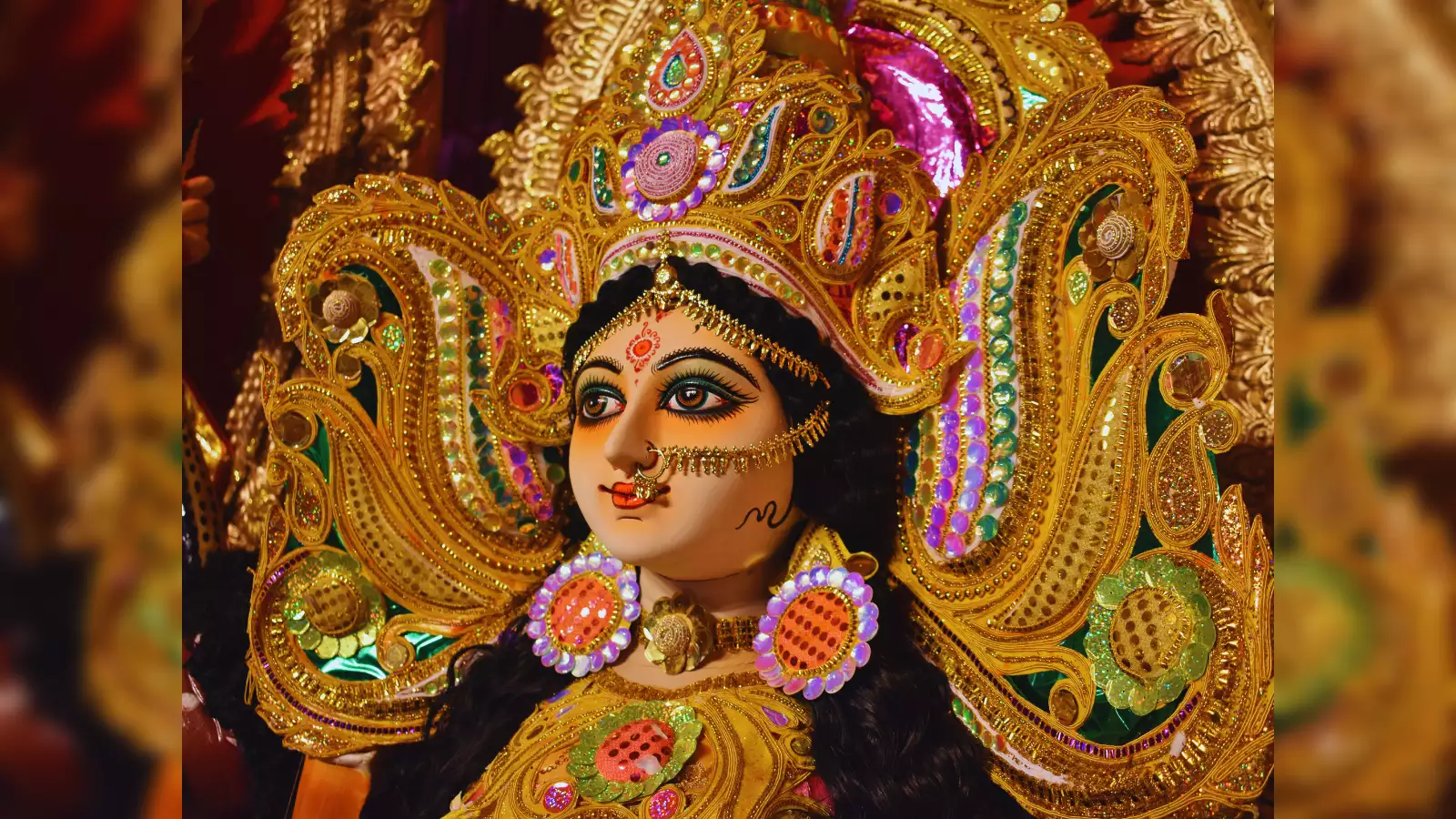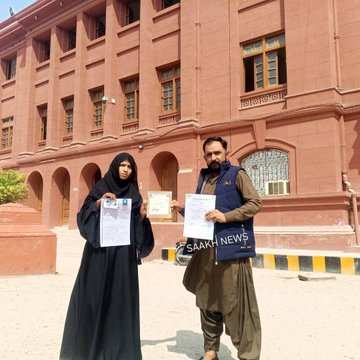Tucked away in the arid beauty of the Thar Desert, just north of Nagarparkar in Sindh🇵🇰, stands the Bhodesar Jain Temple—a solemn and majestic relic of a once-thriving Jain presence in the region. Though weathered by time and the elements, this temple continues to whisper stories of devotion, architectural elegance, and a shared South Asian spiritual heritage.
🕉️ Historical Significance
Bhodesar was once a flourishing Jain settlement, dating back to the 9th to 12th century CE, when Jainism had a prominent presence in what is now southern Pakistan. The temple is believed to have been built during the rule of the Parmar dynasty, a period when Jain merchants and monks traveled across trade routes from Gujarat and Rajasthan into Sindh.
The Bhodesar temple, like its counterparts in Nagarparkar and Viravah, reflects the devotional fervor and artistic brilliance of Jain architecture at its peak.
🏛️ Architectural Marvel
Although now partially in ruins, the Bhodesar Jain Temple remains a stunning example of classical Jain design, with:
-
Carved sandstone pillars and ornate brackets
-
A central dome with detailed moldings
-
Remnants of shikharas (temple spires) once crowned in grandeur
-
Intricate floral and geometric motifs, reflecting Jain aesthetics
Unlike the marble-heavy temples of Mount Abu or Palitana, the Bhodesar temple is constructed with local stone, blending beautifully with the desert landscape around it.
🌄 A Sacred Landscape
Bhodesar sits near the Karoonjhar Hills, considered sacred by both Hindus and Jains. The temple was part of a network of Jain pilgrimage sites scattered across Nagarparkar, including the Gori Temple, Viravah Temple, and Bazaar Temples, forming a Tharparkar Jain Complex that rivaled many ancient Indian temple towns in scale and sanctity.
The now-silent sanctum of Bhodesar was once alive with chants, rituals, and the footsteps of barefoot pilgrims.
📿 Current Condition & Preservation
Today, the Bhodesar Jain Temple stands in partial disrepair, exposed to natural decay and lacking active religious use since the Partition of 1947, when most Jain families migrated to India. However, its cultural and architectural value has been increasingly recognized.
The Endowment Fund Trust for the Preservation of Heritage of Sindh, along with local historians and heritage lovers, has called for its conservation under Pakistan’s Antiquities Act. Bhodesar, along with the entire Nagarparkar Jain Complex, was added to UNESCO’s Tentative List in 2016 as part of the Nagarparkar Cultural Landscape.
🙏 Why It Matters
The Bhodesar Jain Temple is not just an archaeological monument—it is a symbol of religious coexistence, shared identity, and the cultural pluralism that once defined the region. It offers a rare glimpse into Pakistan’s multi-faith past, reminding us that the land we now divide by borders was once united by devotion, diversity, and dialogue.
Preserving Bhodesar means preserving a chapter of history that belongs not only to Jains but to all South Asians who value their interconnected spiritual and cultural legacy.




Did you know?
Locals still refer to Bhodesar as “Boodhesar,” and many consider the nearby pond (Bhodesar Talao) as sacred, with stories linking it to ancient legends and healing powers.
🛕 Location: Bhodesar, Nagarparkar Tehsil, Tharparkar District, Sindh, Pakistan
Best time to visit: October to February (cooler desert months)






